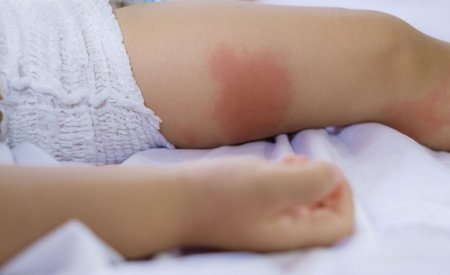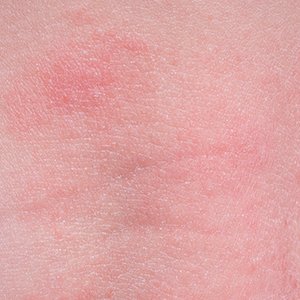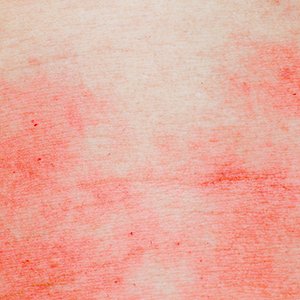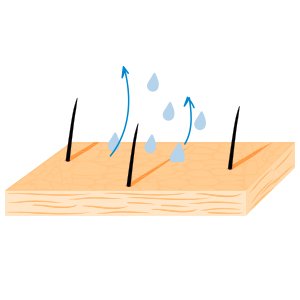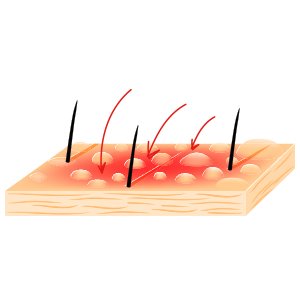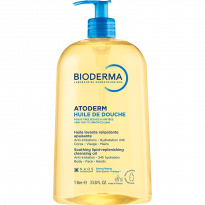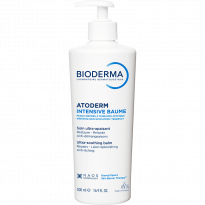Understand my skin
Children eczema : everything to know
You might feel like you're in the middle of an epidemic… As soon as anyone mentions atopic dermatitis (more commonly called atopic eczema), it's surprising to hear how many parents deal with it. In developed countries, it is estimated that 10 to 20% of children will develop signs of atopic dermatitis at some point in their life.
Even if the causes are open to discussion – modern food, environment, pollution? –, the number of children affected by atopic eczema is only going up. This chronic skin disease makes daily life difficult for the whole family, and often only goes away in adulthood (but not always…). Providing appropriate care for it means understanding it first. What is going on in your child's skin?
